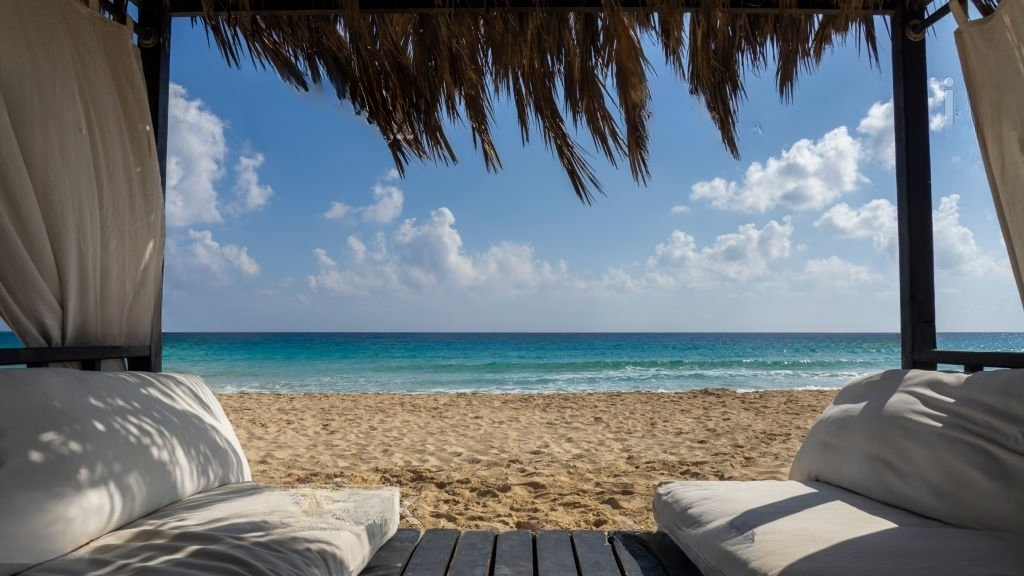A pergola is a beautiful and functional addition to any outdoor space. It provides shade and shelter from the elements, making it an ideal spot to relax or entertain. Installing a pergola may seem like a daunting task, but with the right tools and a little know-how, it can be a straightforward and rewarding DIY project.
One of the first decisions you’ll need to make is what type of pergola to install. Pergolas come in a variety of materials, including wood, metal, and vinyl. Metal pergolas, such as aluminum pergolas, are a popular choice due to their durability and low maintenance requirements. Additionally, pergola covers and roofs are available to provide extra protection from the sun and rain.
Once you’ve chosen the type of pergola that’s right for you, it’s time to get started on the installation process. The first step is to prepare the site by clearing away any debris and ensuring that the ground is level. You’ll then need to assemble the Install pergola according to the manufacturer’s instructions, making sure to use the proper tools and hardware.
Next, you’ll need to secure the pergola to the ground using anchors or posts. This step is crucial to ensure that the pergola is stable and can withstand wind and other weather conditions. Finally, you can add any finishing touches, such as pergola covers or accessories, to complete the look and functionality of your new outdoor space.
Installing a pergola is a great way to enhance your outdoor living space. Whether you choose a metal pergola, a wooden pergola, or a vinyl pergola, adding a pergola roof or cover can provide additional protection and comfort. With a little bit of effort and some basic tools, you can install a beautiful and functional pergola that you’ll enjoy for years to come.
How To Stain A Pergola?
Staining a pergola can add both beauty and longevity to this outdoor structure. Pergolas are popular for their ability to provide shade and a stylish aesthetic to any backyard or garden. However, without proper maintenance, they can quickly become damaged by weather and other outdoor elements.
One way to protect and enhance the appearance of a pergola is by staining it. Stain not only adds color but also acts as a barrier against moisture, UV rays, and insects. In this guide, we will walk you through the steps to stain a pergola effectively.
Before you begin, make sure to prepare the surface properly. This includes cleaning any dirt or debris off the pergola with a pressure washer or a stiff-bristle brush. Once the surface is clean and dry, you can begin staining.
When choosing a stain, consider the type of wood your pergola is made of and the desired color. Popular stain colors for pergolas include natural wood tones, grays, and darker shades such as black or espresso.
It’s essential to use a quality stain brush or sprayer to apply the stain evenly. Work in sections, starting at the top and working your way down. Allow the stain to dry completely before applying a second coat.
If you have a metal or aluminum pergola, staining may not be necessary. However, you can still use a protective spray or paint to prevent rust and corrosion.
Staining a pergola is a straightforward process that can be done with a little effort and the right tools. By following the steps outlined in this guide, you can protect and enhance the appearance of your pergola for years to come.
What Is A Pergola?
A install pergola is an outdoor structure that provides shade and shelter for outdoor living spaces. It consists of columns or posts that support a roof made of beams and rafters, creating an open, airy space for relaxing or entertaining. Pergolas are a popular choice for adding style and functionality to backyard or garden areas, and there are many different types and materials available, including pergola covers, pergola roofs, metal pergolas, and aluminum pergolas.
Pergola covers are a popular option for those who want to enjoy their outdoor space in all kinds of weather conditions. These covers can be made of fabric or other materials and can be designed to provide shade, shelter from rain or snow, or both. Pergola roofs are similar to covers but are made of more permanent materials like metal or shingles, providing long-lasting protection from the elements.
Metal pergolas are a great choice for those who want a durable, low-maintenance structure that will last for years to come. These can be made of various metals. Including steel, aluminum, or wrought iron, and can be customized to fit any style or design preference. Aluminum pergolas are another popular choice, as they are lightweight, easy to install, and require little upkeep.
Whether you’re looking to add a pergola to your backyard, patio, or garden, there are many options to choose from. By selecting the right materials and design, you can create an outdoor space that is both functional and beautiful, providing a comfortable and stylish area for relaxation and entertainment.
What Is The Difference Between A Gazebo And A Pergola?
When it comes to outdoor living spaces, gazebos, and pergolas are two popular options that provide shade and shelter while enhancing the beauty of your backyard. While they may seem similar at first glance, there are some key differences between the two structures. We will explore the differences between gazebos and pergolas and help you determine which one is right for your outdoor space.
A pergola is a freestanding structure that features columns or posts that support a series of crossbeams or rafters. It is often used to create an outdoor living room or dining area. And can be covered with a variety of materials, including vines, fabric, or retractable pergola covers. Install pergola can be made from a variety of materials, including wood, metal, and vinyl, with metal pergolas and aluminum pergolas being two popular options for their durability and modern look. A pergola roof is typically open, allowing for natural light to filter through while providing partial shade.
On the other hand, a gazebo is a freestanding, octagonal structure that features a fully covered roof and open sides. Gazebos are often used as a focal points for outdoor weddings, gatherings, and other events. They can be made from a variety of materials. Wood metal and vinyl can be fitted. With screens or curtains to provide additional privacy and protection from insects.
Pergolas are ideal for creating an outdoor living or dining area and offer partial shade with an open roof. Gazebos, on the other hand. Provides full coverage of the elements and is best suited. For outdoor events and gatherings. When choosing between the two, consider your specific needs and preferences to determine which structure is right for you.





